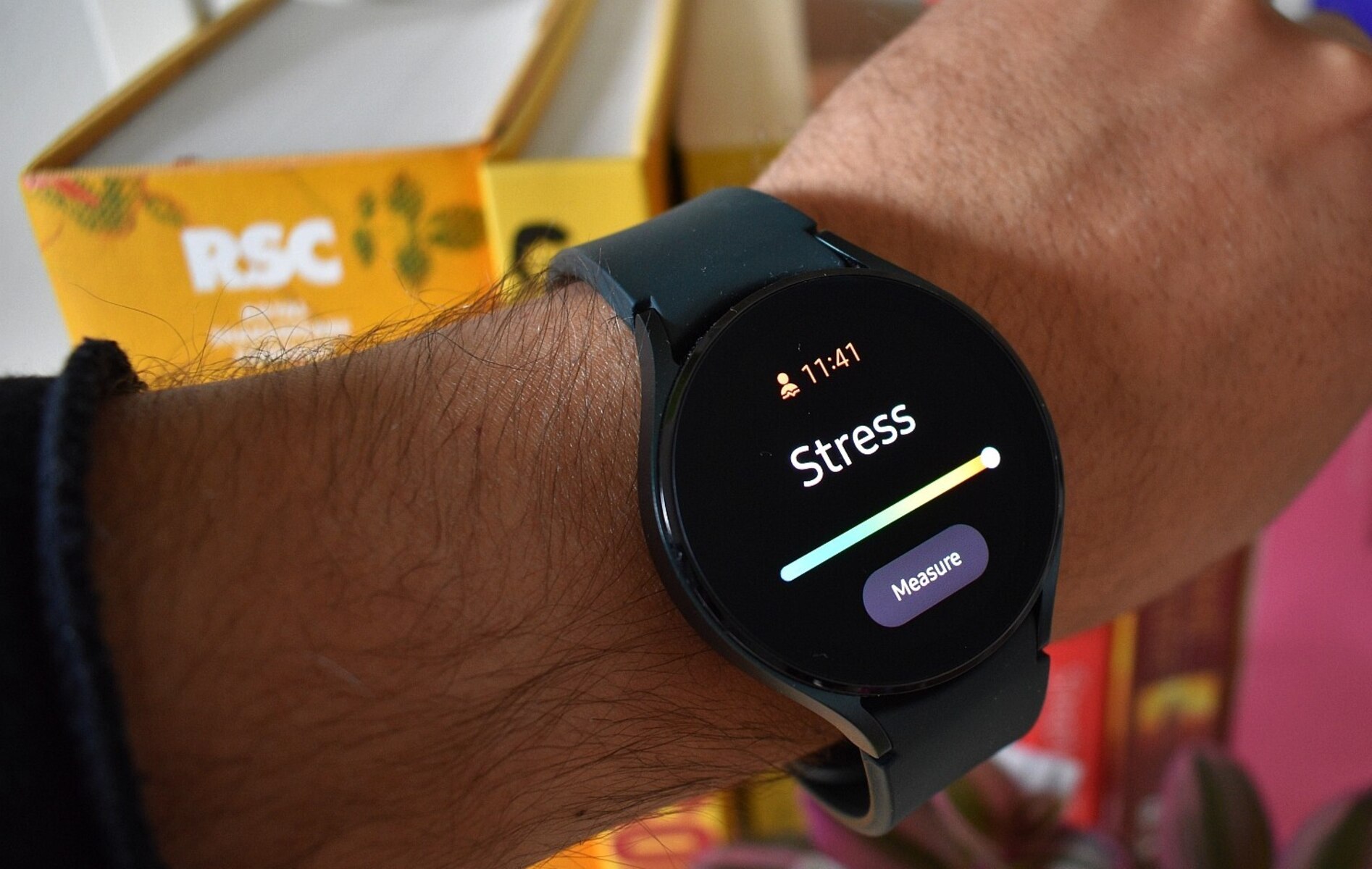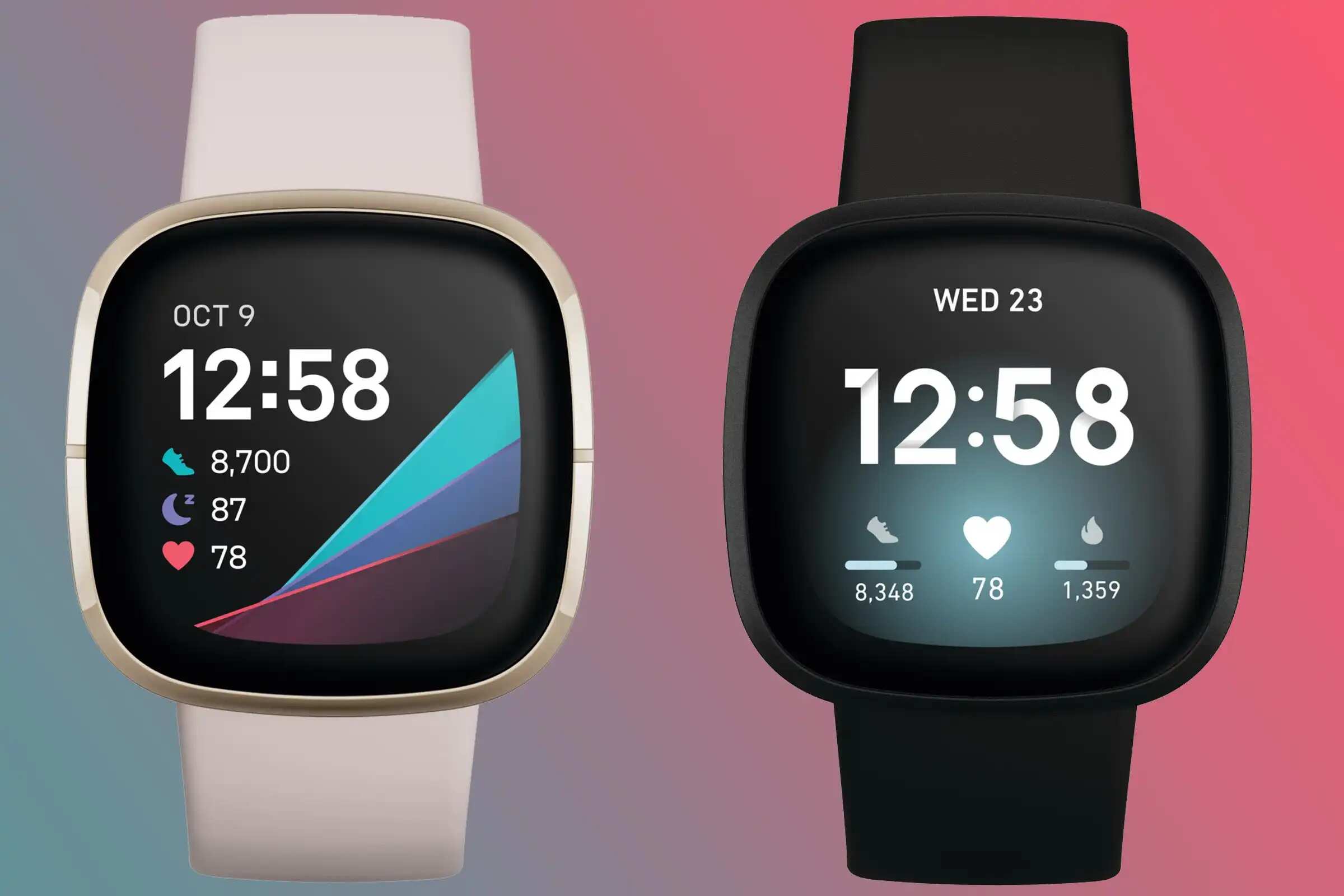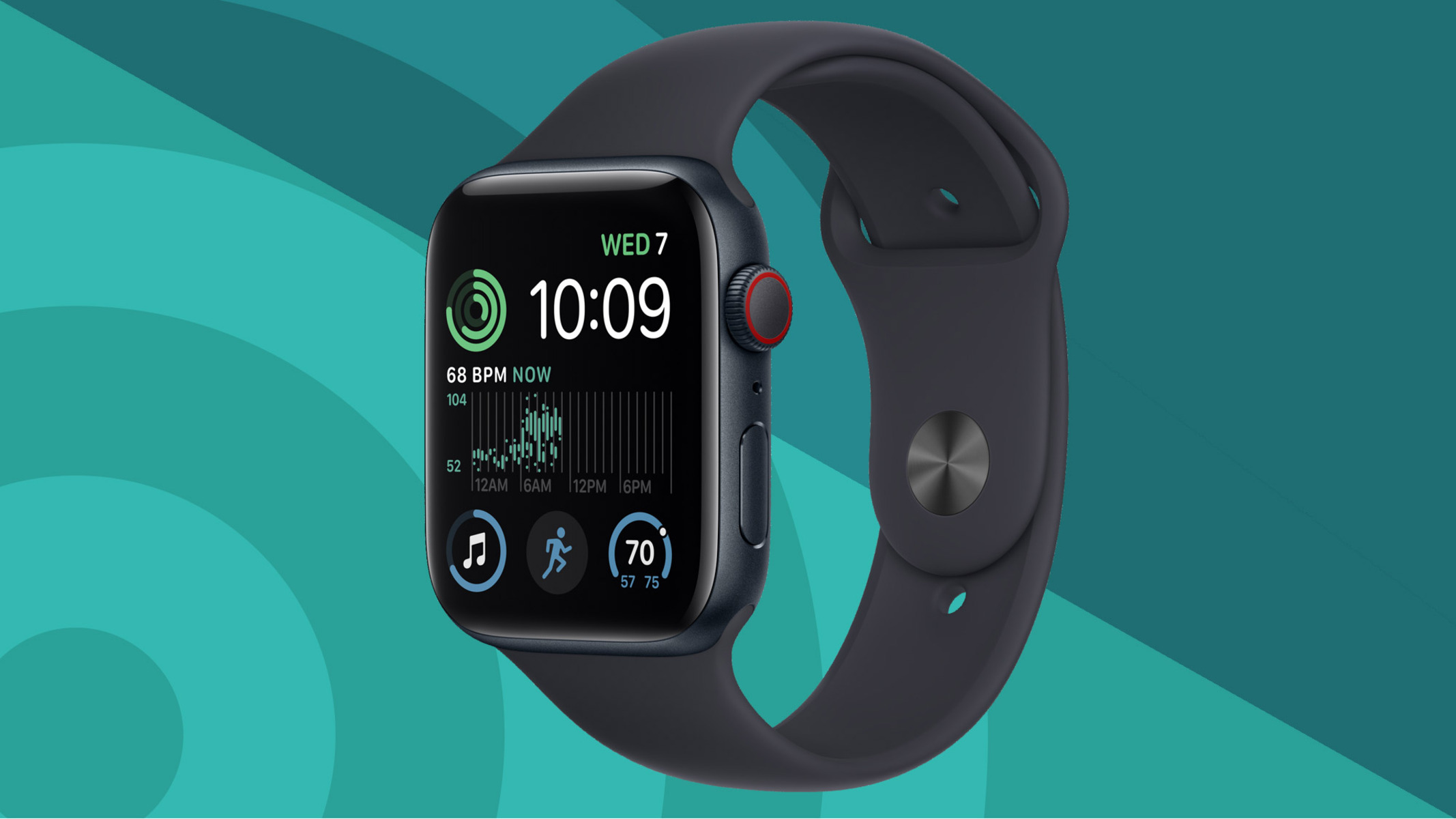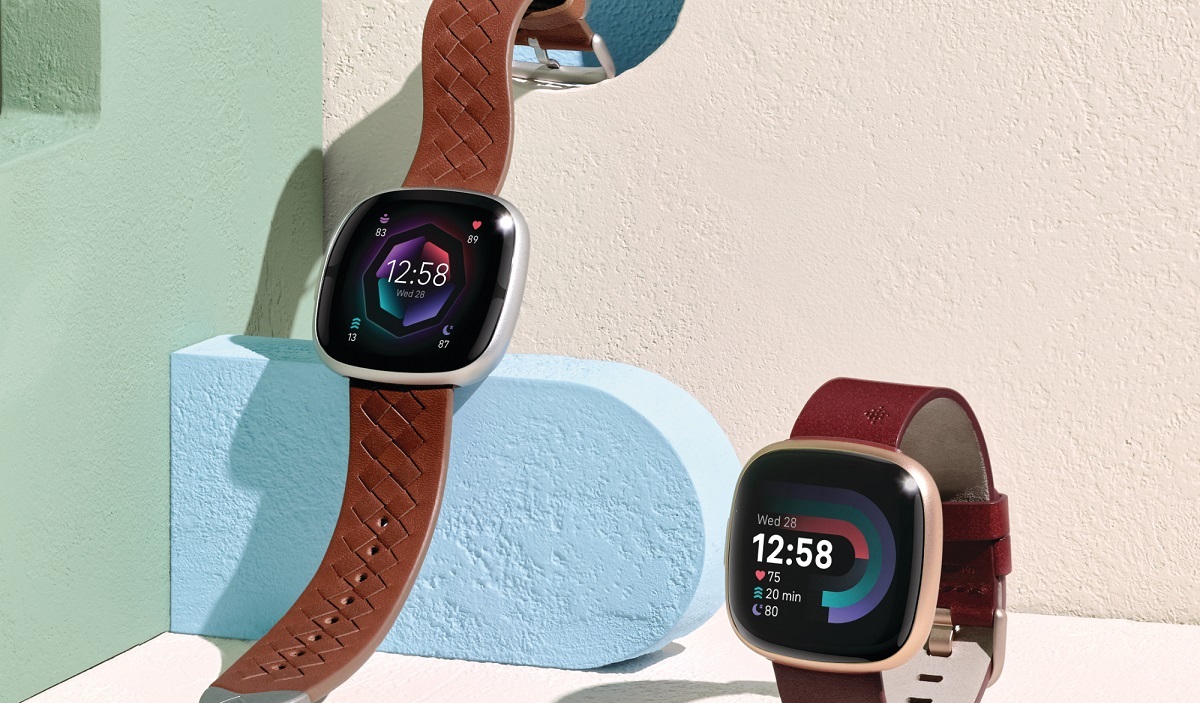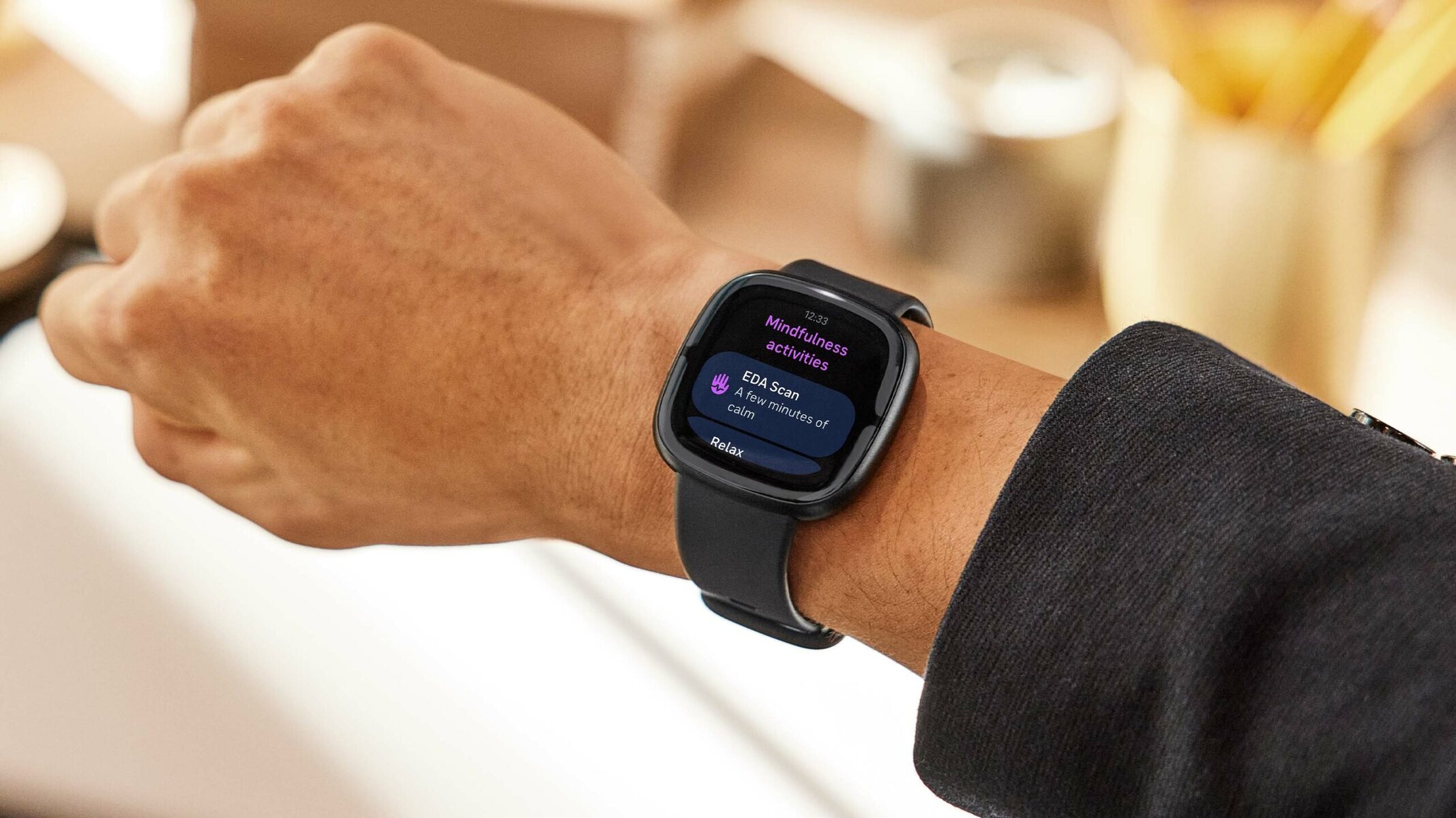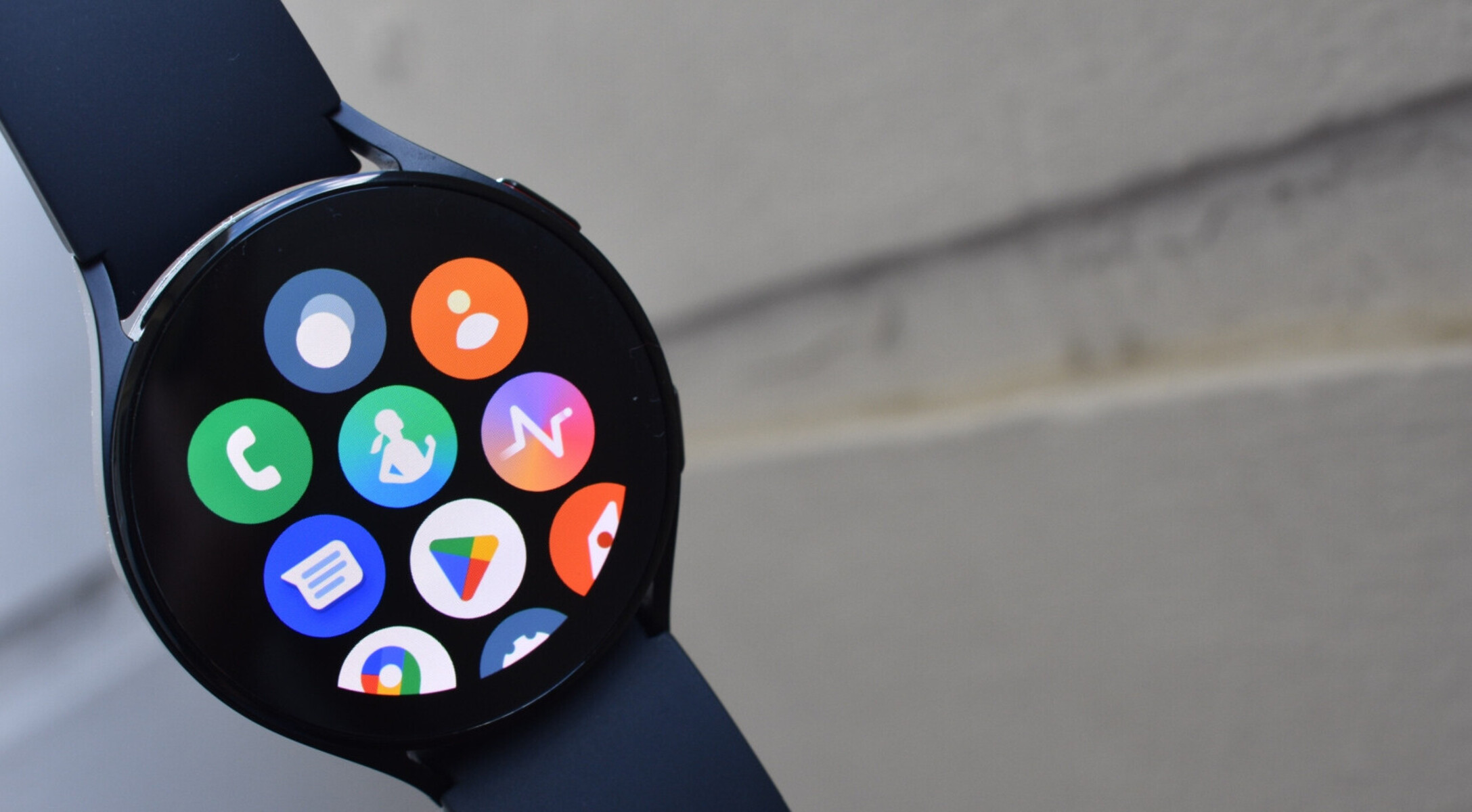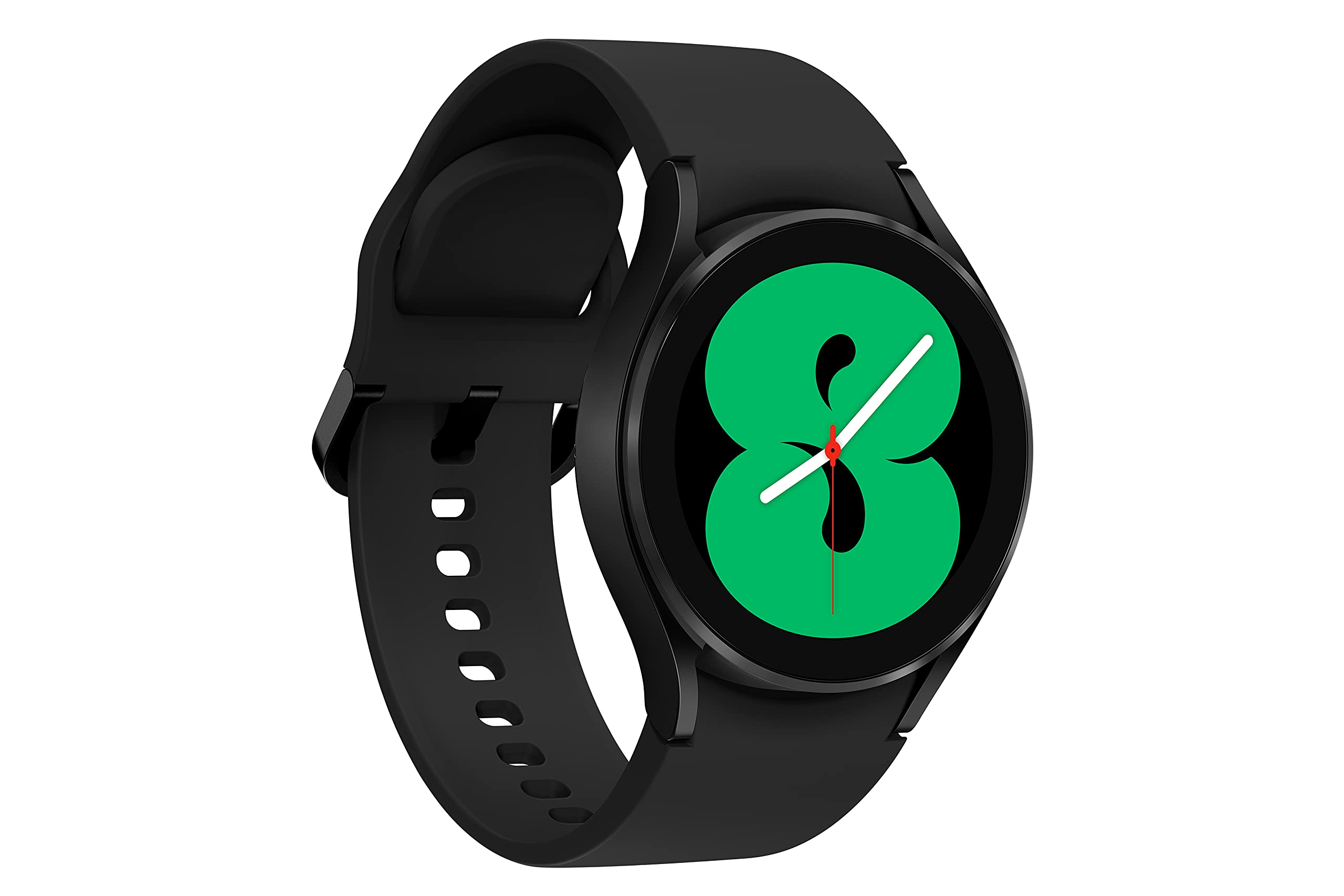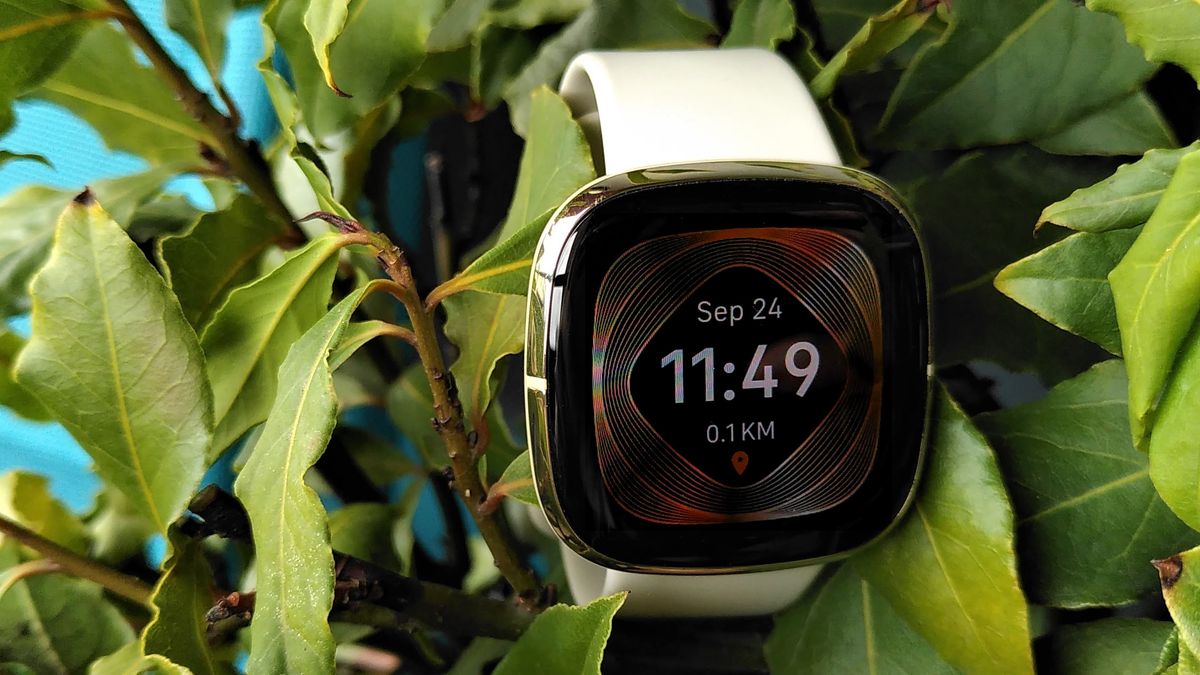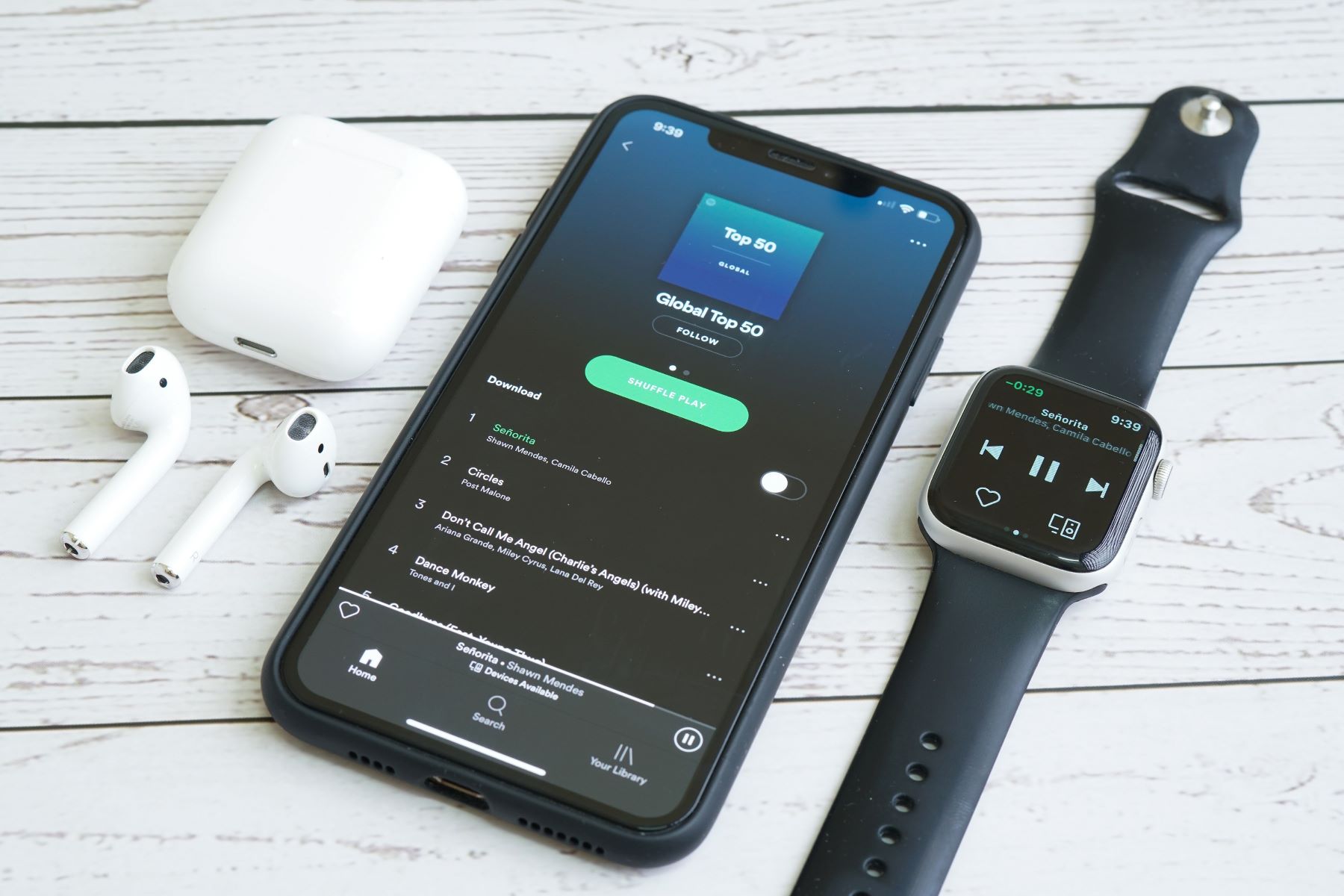Introduction
Stress has become an increasingly prevalent concern in modern society, impacting individuals' overall well-being and productivity. The ability to effectively monitor and manage stress is crucial for maintaining a healthy lifestyle. Fortunately, advancements in technology have paved the way for innovative solutions, with smartwatches emerging as valuable tools for stress monitoring. These wearable devices offer users the convenience of real-time stress tracking, providing insights that can aid in stress management and overall health improvement.
In today's fast-paced world, individuals are constantly juggling various responsibilities, leading to heightened stress levels. The ubiquity of technology has further exacerbated this issue, with individuals often feeling overwhelmed by the constant influx of information and demands. As a result, the need for accessible and accurate stress monitoring solutions has never been more pressing.
Smartwatches have evolved beyond traditional timekeeping devices, incorporating sophisticated sensors and algorithms that enable them to detect and analyze stress indicators. By leveraging these capabilities, smartwatches can offer users valuable insights into their stress levels, empowering them to make informed decisions regarding their well-being. This proactive approach to stress management aligns with the growing emphasis on holistic health and self-care practices.
In the following sections, we will delve into the intricacies of stress monitoring, exploring how smartwatches utilize various metrics to assess stress levels. Additionally, we will examine the role of heart rate variability (HRV) in stress monitoring, shedding light on its significance in providing comprehensive stress-related data. Furthermore, we will explore alternative methods of stress monitoring and elucidate the distinct advantages of utilizing smartwatches in this context. By gaining a deeper understanding of stress monitoring with smartwatches, individuals can take proactive steps toward achieving a balanced and harmonious lifestyle.
What is Stress Monitoring?
Stress monitoring encompasses the systematic observation and assessment of physiological and psychological indicators to gauge an individual’s stress levels. It involves the continuous evaluation of various biomarkers and behavioral patterns that manifest in response to stressors, allowing for the identification of stress triggers and the quantification of stress intensity. By actively monitoring stress, individuals can gain valuable insights into their body’s reactions to different stimuli, thereby facilitating the implementation of targeted stress management strategies.
At its core, stress monitoring aims to provide individuals with a comprehensive understanding of their stress levels, enabling them to make informed decisions regarding their well-being. By recognizing the nuanced manifestations of stress, individuals can proactively address its impact, thereby mitigating potential adverse effects on their health and quality of life.
Stress monitoring is not solely confined to identifying moments of acute stress; rather, it encompasses the continuous tracking of stress trends over time. This longitudinal approach allows individuals to discern patterns in their stress responses, facilitating the identification of recurring stressors and the assessment of their cumulative impact. Moreover, stress monitoring serves as a proactive means of preempting the onset of chronic stress, which can have far-reaching implications for an individual’s health.
Through the utilization of advanced technologies, such as smartwatches, stress monitoring has transcended traditional subjective assessments, providing objective and quantifiable data. This data-driven approach empowers individuals to gain deeper insights into their stress levels, fostering a proactive and informed approach to stress management. By leveraging the capabilities of smartwatches, individuals can seamlessly integrate stress monitoring into their daily routines, thereby fostering a heightened awareness of their overall well-being.
As we delve further into the intricacies of stress monitoring with smartwatches, it becomes evident that these wearable devices offer unparalleled convenience and accessibility, revolutionizing the landscape of stress management. By harnessing the power of technology, individuals can embark on a journey of self-discovery and holistic well-being, equipped with the tools to navigate the complexities of modern life while prioritizing their mental and physical health.
How Do Smartwatches Monitor Stress?
Smartwatches employ a multifaceted approach to monitor stress, leveraging a combination of sensors and algorithms to capture and interpret physiological signals indicative of stress levels. These sophisticated wearable devices are equipped with optical heart rate monitors, accelerometers, and in some cases, galvanic skin response sensors, enabling them to gather a diverse array of biometric data. By analyzing these physiological parameters, smartwatches can provide users with real-time insights into their stress levels, fostering heightened self-awareness and facilitating proactive stress management.
One of the primary methods through which smartwatches monitor stress is by continuously tracking the user’s heart rate variability (HRV). HRV serves as a key indicator of the autonomic nervous system’s activity, reflecting the dynamic interplay between sympathetic and parasympathetic nervous system responses. By analyzing subtle variations in the time intervals between successive heartbeats, known as R-R intervals, smartwatches can discern patterns that correlate with stress levels. This nuanced approach to stress monitoring enables smartwatches to offer users comprehensive and personalized stress-related insights.
Furthermore, smartwatches leverage motion sensors to detect physical activity and movement patterns, which can serve as additional indicators of stress. By discerning changes in activity levels and detecting patterns associated with restlessness or agitation, smartwatches can offer supplementary data to contextualize an individual’s stress response. This holistic approach underscores the comprehensive nature of stress monitoring with smartwatches, encapsulating both physiological and behavioral facets of stress.
Moreover, the integration of machine learning algorithms within smartwatches enhances their ability to discern stress patterns based on the amalgamation of various data streams. By continuously refining their stress detection algorithms through iterative learning, smartwatches can adapt to the user’s unique stress signatures, thereby providing increasingly accurate and personalized stress assessments over time. This adaptive intelligence augments the efficacy of smartwatches as reliable stress monitoring companions, catering to the individualized nature of stress responses.
As smartwatches continue to evolve, the integration of additional sensors and advanced biometric monitoring capabilities holds the promise of further enriching stress monitoring functionalities. By harnessing the power of innovation, smartwatches are poised to redefine the landscape of stress monitoring, empowering users to cultivate a profound understanding of their stress levels and embark on a journey toward holistic well-being.
The Role of Heart Rate Variability
Heart rate variability (HRV) serves as a pivotal metric in the realm of stress monitoring, offering profound insights into the dynamic interplay of the autonomic nervous system and its modulation in response to stressors. HRV refers to the naturally occurring variation in the time intervals between successive heartbeats, reflecting the adaptability and resilience of the cardiovascular system. As individuals navigate diverse stressors and emotional states, their HRV undergoes fluctuations, encapsulating the intricate balance between sympathetic and parasympathetic nervous system activity.
Smartwatches leverage HRV as a cornerstone of stress monitoring, recognizing its capacity to elucidate nuanced physiological responses to stress. By capturing and analyzing the subtle fluctuations in HRV, smartwatches can discern patterns indicative of stress levels, thereby providing users with actionable insights to manage their well-being proactively. The adaptability of HRV as a stress indicator lies in its responsiveness to both acute stressors and chronic stress, rendering it a versatile and comprehensive metric for stress assessment.
Moreover, HRV serves as a powerful tool for illuminating the intricate connections between an individual’s emotional and physiological states. By quantifying the variability in heart rate intervals, smartwatches can delineate the impact of stress on the body’s regulatory mechanisms, offering users a window into the complex interplay between their mental and physical well-being. This holistic perspective aligns with the ethos of comprehensive health management, transcending conventional stress assessments by encompassing the interconnected facets of an individual’s vitality.
Furthermore, the utilization of HRV as a foundational element of stress monitoring underscores the personalized nature of stress assessment with smartwatches. Each individual exhibits a unique HRV profile, influenced by genetic predispositions, lifestyle factors, and overall health status. Smartwatches harness this individualized HRV signature to tailor stress monitoring insights to the user’s specific physiological response patterns, fostering a bespoke approach to stress management.
As smartwatches continue to refine their stress monitoring capabilities, the integration of advanced HRV analysis and interpretation holds the promise of unlocking deeper layers of physiological insights. By delving into the intricate nuances of HRV patterns, smartwatches can empower users to cultivate a profound understanding of their stress responses, fostering resilience and well-being in the face of life’s myriad stressors.
Other Methods of Stress Monitoring
Beyond the utilization of smartwatches, several alternative methods exist for monitoring stress, each offering unique insights into an individual’s stress levels and coping mechanisms. These methods encompass a diverse array of approaches, catering to the multifaceted nature of stress and its manifestations. By exploring these alternative avenues of stress monitoring, individuals can gain a comprehensive understanding of their stress responses, thereby facilitating informed and proactive stress management.
One prevalent method of stress monitoring involves the use of dedicated stress-tracking devices, which are designed to capture physiological data indicative of stress levels. These specialized devices often incorporate sensors that measure parameters such as skin conductance, skin temperature, and ambient temperature, offering a comprehensive assessment of stress-related physiological changes. By leveraging these devices, individuals can gain nuanced insights into their stress responses, complementing the capabilities of smartwatches and fostering a holistic approach to stress monitoring.
Furthermore, biofeedback techniques serve as valuable tools for stress monitoring, enabling individuals to gain real-time awareness of their physiological responses to stressors. Biofeedback devices, ranging from portable sensors to desktop systems, provide users with immediate feedback regarding their heart rate, skin conductance, and muscle tension, among other parameters. This interactive approach empowers individuals to modulate their physiological responses, fostering self-regulation and stress mitigation.
Psychological assessments and self-reported measures constitute additional methods for gauging stress levels, offering individuals the opportunity to introspect and articulate their subjective experiences of stress. Through standardized questionnaires and surveys, individuals can elucidate the psychological dimensions of their stress, shedding light on cognitive and emotional aspects that may not be captured through physiological monitoring alone. This integrative approach provides a more comprehensive understanding of stress, encompassing both its physiological and psychological underpinnings.
Moreover, emerging technologies, such as smartphone applications and wearable stress monitors, are expanding the horizons of stress monitoring, democratizing access to stress assessment tools. These innovative solutions leverage the ubiquity of smartphones and wearables to deliver seamless and user-friendly stress monitoring experiences, empowering individuals to proactively engage with their stress levels and well-being.
By embracing the diversity of stress monitoring methods, individuals can embark on a holistic journey toward stress awareness and resilience, leveraging a spectrum of tools to navigate the complexities of modern life while prioritizing their mental and physical health.
The Benefits of Stress Monitoring with Smartwatches
Stress monitoring with smartwatches offers a myriad of benefits, revolutionizing the landscape of stress management and fostering a proactive approach to well-being. These wearable devices serve as invaluable companions in the quest for stress awareness and resilience, empowering users to navigate life’s complexities with heightened self-awareness and informed decision-making.
One of the primary advantages of stress monitoring with smartwatches lies in the seamless integration of stress assessment into individuals’ daily routines. By wearing smartwatches throughout the day, users gain continuous insights into their stress levels, unobtrusively capturing data that reflects their physiological responses to various stressors. This unobtrusive monitoring fosters a natural and holistic approach to stress awareness, enabling individuals to seamlessly incorporate stress management into their lifestyle.
Furthermore, smartwatches offer real-time feedback on stress levels, providing users with immediate insights into their physiological responses. This instantaneous feedback empowers individuals to recognize and address stress triggers promptly, fostering proactive stress mitigation strategies. By leveraging these real-time insights, users can modulate their activities and environments to alleviate stress, thereby enhancing their overall well-being.
Moreover, stress monitoring with smartwatches facilitates the identification of stress patterns and trends over time. By capturing longitudinal data on stress levels, users can discern recurring stressors and their cumulative impact, thereby gaining a comprehensive understanding of their stress responses. This longitudinal perspective enables individuals to proactively address chronic stress and cultivate resilience in the face of persistent stressors.
Smartwatches also contribute to heightened self-awareness, fostering a deeper understanding of the intricate connections between an individual’s lifestyle and their stress levels. By correlating stress data with daily activities, exercise, and sleep patterns, users can gain insights into the contextual factors that influence their stress responses. This holistic perspective empowers individuals to make informed lifestyle adjustments, optimizing their well-being and stress resilience.
Furthermore, the accessibility and user-friendly nature of smartwatches democratize stress monitoring, ensuring that individuals from diverse backgrounds can engage with stress awareness and management. By leveraging the intuitive interfaces and seamless connectivity of smartwatches, users can embark on a journey of self-discovery and well-being, transcending barriers to access and embracing a holistic approach to stress management.
By harnessing the power of smartwatches for stress monitoring, individuals can cultivate resilience, prioritize their mental and physical health, and navigate life’s demands with heightened self-awareness and proactive well-being strategies.
Conclusion
The landscape of stress monitoring has undergone a profound transformation with the advent of smartwatches, ushering in an era of proactive well-being and heightened self-awareness. These innovative wearable devices have redefined the paradigm of stress management, offering users a seamless and comprehensive approach to stress monitoring. By leveraging advanced sensors, algorithms, and intuitive interfaces, smartwatches empower individuals to gain real-time insights into their stress levels, fostering resilience and informed decision-making.
Through the multifaceted capabilities of smartwatches, individuals can embark on a holistic journey toward stress awareness and proactive stress management. The integration of heart rate variability (HRV) analysis, motion sensors, and machine learning algorithms enables smartwatches to capture nuanced physiological and behavioral data, offering users a comprehensive understanding of their stress responses. This data-driven approach transcends traditional subjective assessments, providing objective and personalized insights into stress levels.
Moreover, the benefits of stress monitoring with smartwatches extend beyond mere data collection, encompassing the seamless integration of stress assessment into individuals’ daily lives. By offering real-time feedback, facilitating the identification of stress patterns, and fostering heightened self-awareness, smartwatches empower users to navigate life’s complexities with resilience and well-being at the forefront.
As smartwatches continue to evolve, the horizon of stress monitoring holds the promise of further innovation and refinement. The integration of advanced biometric sensors, enhanced data analytics, and personalized insights will elevate the efficacy of smartwatches as indispensable tools for stress awareness and management. This trajectory of advancement underscores the commitment to holistic well-being and the democratization of access to stress monitoring solutions.
In essence, stress monitoring with smartwatches represents a paradigm shift in the pursuit of well-being, transcending conventional approaches to stress management and fostering a proactive and informed stance toward holistic health. By embracing the power of technology and harnessing the innate resilience of the human spirit, individuals can navigate life’s stressors with grace, empowered by the insights and support offered by smartwatches.







